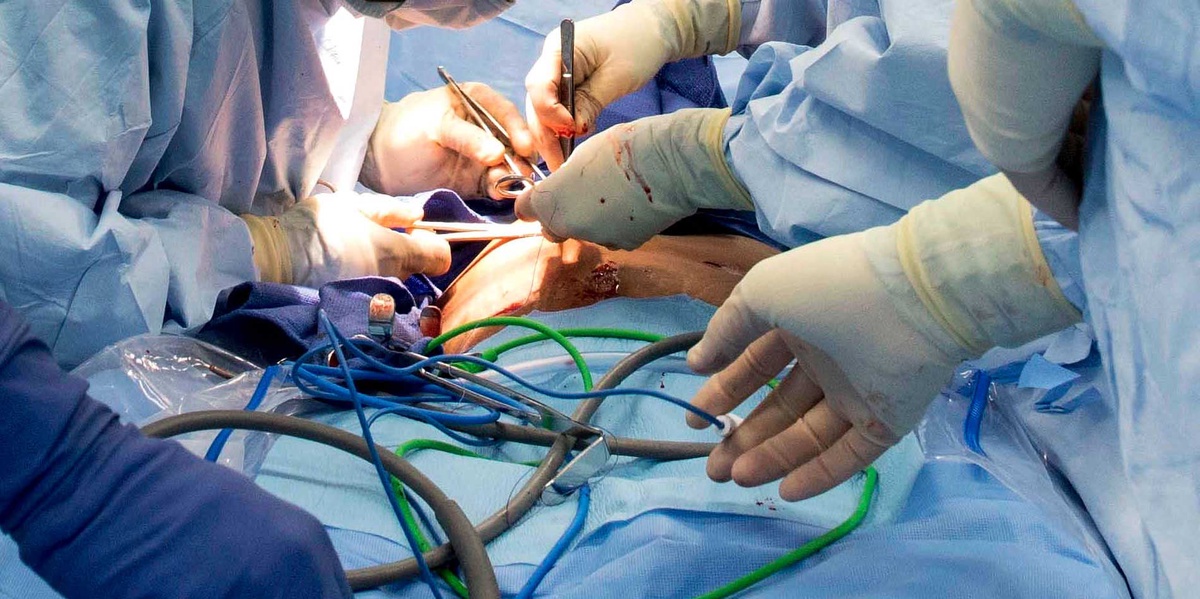Gallstones are hardened deposits that form in the gallbladder, a small organ located beneath the liver. These stones can vary in size and composition, ranging from tiny sand-like particles to larger, solid formations. Gallstones can cause discomfort and lead to complications if left untreated. In this article, we will explore the causes, symptoms, and treatment approaches for gallstones in gallbladder.
Causes of Gallstones in the Gallbladder
Gallstones develop when the bile, a digestive fluid produced by the liver, contains excessive cholesterol or bilirubin. The following factors contribute to the formation of gallstones:
- Cholesterol Imbalance: When the bile contains too much cholesterol, it can crystallize and form stones.
- Bilirubin Imbalance: Elevated levels of bilirubin in the bile can lead to the formation of pigment gallstones.
- Gallbladder Dysfunction: Conditions such as a sluggish gallbladder or incomplete emptying of bile can increase the risk of gallstone formation.
- Obesity: Excess body weight and obesity can raise cholesterol levels and increase the likelihood of developing gallstones.
- Genetics: Certain inherited conditions can predispose individuals to gallstone formation.
- Rapid Weight Loss: Losing weight too quickly can cause the liver to release excessive cholesterol into the bile, leading to stone formation.
Common Symptoms of Gallstones in the Gallbladder
Gallstones may not always cause noticeable symptoms. However, when they obstruct the bile ducts or gallbladder, the following signs and symptoms can occur:
- Abdominal Pain: Intense and persistent pain in the upper right abdomen is a common symptom. It may radiate to the back or right shoulder.
- Nausea and Vomiting: Gallstone-related pain can cause nausea and vomiting.
- Jaundice: If a gallstone blocks the bile duct, it can lead to yellowing of the skin and eyes.
- Indigestion and Bloating: Some individuals may experience digestive problems, such as bloating, gas, and indigestion.
- Changes in Bowel Movements: Gallstones can affect the normal flow of bile, leading to changes in stool color (pale or clay-colored) and consistency.
Diagnosing Gallstones in the Gallbladder
To diagnose gallstones, healthcare providers may employ various techniques, including:
- Abdominal Ultrasound: This non-invasive imaging test uses sound waves to create images of the gallbladder, allowing the detection of gallstones.
- Blood Tests: Elevated levels of liver enzymes or bilirubin in the blood may indicate gallstone-related complications.
- CT Scan or MRI: These imaging techniques provide detailed pictures of the gallbladder and surrounding structures.
- Endoscopic Retrograde Cholangiopancreatography (ERCP): A procedure that combines endoscopy and X-rays to examine the bile ducts and detect gallstones.
- Cholescintigraphy (HIDA scan): A radioactive tracer is injected to evaluate gallbladder function and identify obstructions.
Treatment Approaches for Gallstones in the Gallbladder
The treatment of gallstones depends on their size, composition, and the presence of symptoms. The following approaches are commonly used:
- Watchful Waiting: If gallstones are small and not causing symptoms, a wait-and-see approach may be adopted.
- Medications: Certain medications can be prescribed to dissolve cholesterol-based gallstones over time.
- Non-surgical Procedures: These techniques aim to remove or break down gallstones without surgery, such as extracorporeal shock wave lithotripsy (ESWL) or endoscopic removal.
- Surgical Options: In cases of severe symptoms or large gallstones, surgical removal of the gallbladder (cholecystectomy) may be recommended.
- Lifestyle Modifications: Adopting a healthy diet low in fat and cholesterol, maintaining a healthy weight, and regular exercise can help prevent gallstone formation and manage existing stones.
Conclusion
In conclusion, gastric cancer surgery plays a crucial role in the treatment of individuals diagnosed with this aggressive form of cancer. Under the skilled expertise of renowned surgeon Dr. Nima Abbassi-Ghadi, patients can have confidence in their journey towards recovery. Gastric cancer, a formidable disease, necessitates timely intervention and a comprehensive treatment plan. Dr. Nima Abbassi-Ghadi's proficiency in gastric cancer surgery ensures that patients receive the highest quality of care and personalized treatment options. By employing advanced surgical techniques and leveraging cutting-edge technologies, Dr. Abbassi-Ghadi strives to optimize patient outcomes and enhance their quality of life. Through his expertise and dedication, patients can face gastric cancer surgery with hope and trust, knowing they are in capable hands.


No comments yet